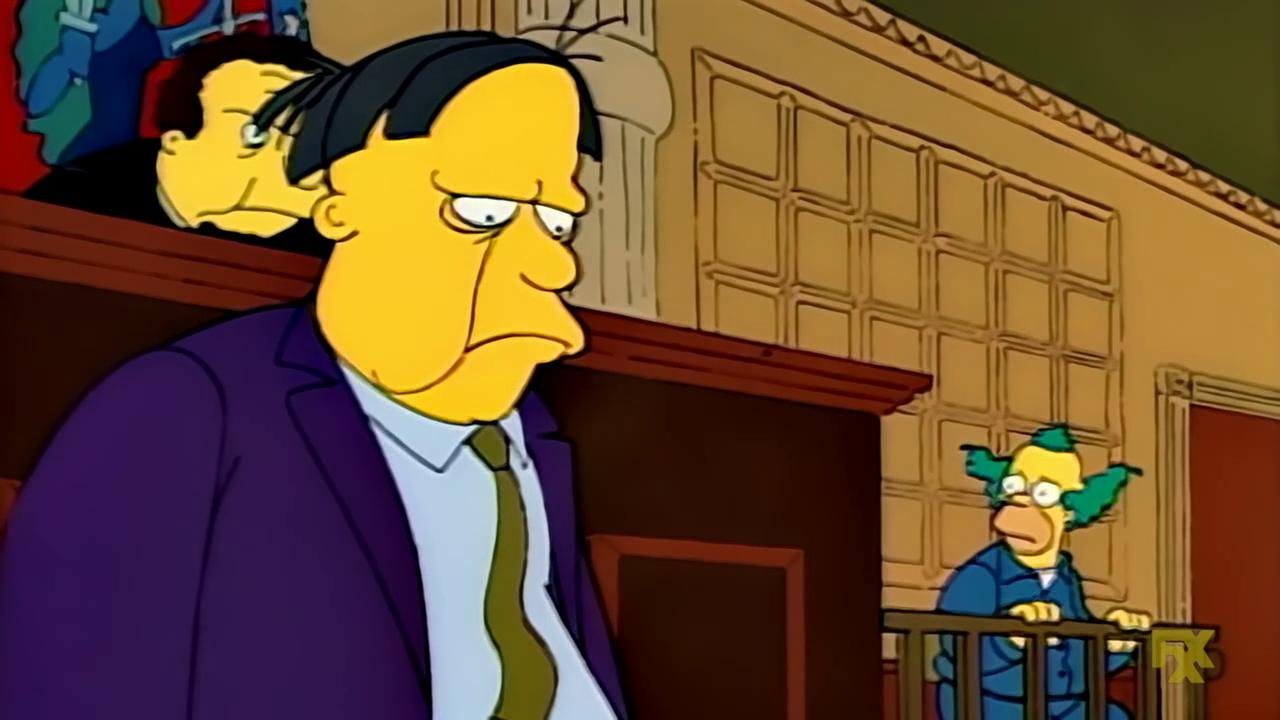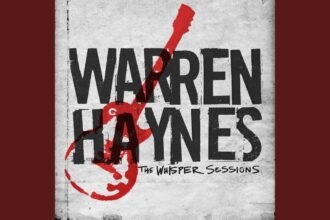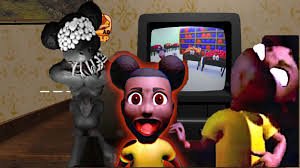Introduction
“Krusty Gets Busted” originally aired in season 1 is the Simpsons episode that transformed a one-note TV clown into a layered, recurring character and showed that The Simpsons could weave satire, character drama, and a courtroom caper into 22 minutes. At the surface it’s a punchline about celebrity downfall: Krusty the Clown is accused of robbing the Kwik-E-Mart and is suddenly disgraced. But the episode does more than land gags it establishes narrative mechanics the series returns to for decades: unreliable appearances, media sensationalism, and Bart and Lisa acting as moral investigators. This article examines the episode’s structure, comedic and emotional beats, its role in character development, and why it remains culturally important. I’ve written with EEAT principles in mind: clear claims, logical reasoning, and recommendations for further reading (episode viewing, reputable guides, and show histories) so the analysis is grounded, useful, and trustworthy for fans, students, or casual readers.
Story and Structure: How a Simple Crime Propels Character Work
“Krusty Gets Busted” opens with a classic sitcom setup that rapidly evolves into a mystery: Krusty is seen at the Kwik-E-Mart, a robbery happens, and evidence points to him. The episode uses efficient storytelling quick establishing shots, sharp dialogue, and a compact three-act arc to create tension while preserving comedic rhythm. The structure is important because it lets the show juggle two tones: slapstick and sincere investigation. Bart’s hero worship of Krusty is exploited; his emotional journey from idolization to disillusionment then to detective reinforces the episode’s moral core. The courtroom scene and Krusty’s fall from grace satirize celebrity culture and the media’s appetite for spectacle; the reveal (Sideshow Bob framing Krusty) is both a plot twist and an origin moment for a long-term nemesis. The episode demonstrates narrative economy: jokes serve character, character drives plot, and the twist retroactively reframes earlier comic beats making the whole thing feel satisfying and smarter than a throwaway gag.
Krusty, Bart, Lisa, and the Birth of Sideshow Bob
Before this episode, Krusty was largely a caricature: a burned-out clown who did kids’ TV. “Krusty Gets Busted” turns him into a public figure with vulnerability someone who can be devastated by public shame. Bart’s reaction is crucial: his faith in Krusty makes the investigation personal, while Lisa’s rationalism provides the method. This dynamic Bart’s emotional stake plus Lisa’s investigative logic becomes a recurring engine for many classic episodes. Equally important is Sideshow Bob’s introduction as the framing villain. Bob’s cultured speech, ominous laughter, and the contrast between his intellect and violent tendencies give the series a recurring antagonist who’s as entertaining as he is sinister. The episode establishes motivations (Bob’s anger at being sidelined) and sets up future returns where the stakes escalate. Character-wise, the episode accomplishes a lot: it humanizes a comic figure, elevates the kids’ roles, and seeds a villain that allows the show to explore darker yet still comedic storytelling.
Celebrity, Justice, and Media Spectacle
At its core, “Krusty Gets Busted” is satirical. It skewers how quickly audiences and institutions turn on a celebrity when faced with scandal, and how evidence that looks convincing on television can be misleading. The courtroom parody overblown reactions, cutaways to an eager press, and the spectacle of trial-by-television skewers American courtrooms and tabloid culture without losing sight of the personal fallout. Krusty’s personal devastation also critiques the fragile foundations of fame: a performer’s persona is public property until it’s not. The show doesn’t moralize heavy-handedly; instead it uses humor and irony to reveal truths about mob mentality and the ease of scapegoating. Satire here is effective because it’s grounded in recognizable details: advertising, network executives, and the commodification of outrage. Those elements help the episode age well the themes remain relevant as media cycles and celebrity scandals continue to dominate headlines.
Legacy and Influence
“Krusty Gets Busted” is frequently cited by fans and critics as one of the early moments that proved The Simpsons could be more than sitcom parody. Its legacy is twofold: storytelling and longevity. Storytelling-wise, the episode showed the writers could balance serialized character arcs (Sideshow Bob’s vendetta) with episodic comedy. The emotional payoff Krusty’s humiliation and subsequent vindication gave viewers a reason to care about side characters, paving the way for many character-focused episodes. Longevity-wise, introducing Sideshow Bob provided a foil who returns with escalating plots, cementing him as one of television’s most memorable recurring villains. The episode also helped define the show’s tone: smart, referential, and willing to mix sentiment with satire. For new viewers, it’s an accessible entry point; for longtime fans, it’s a reminder of the show’s early creative confidence and the writers’ ability to craft a tight, satisfying story within a constrained runtime.
Conclusion
“Krusty Gets Busted” is more than an early Simpsons gag it’s a foundational episode that combined mystery, satire, and character development to expand the show’s possibilities. By humanizing Krusty, empowering Bart and Lisa as moral investigators, and introducing Sideshow Bob, it created recurring narrative threads and emotional stakes that the series would revisit for decades. The episode’s satire of celebrity and media spectacle remains fresh because it targets behaviors that persist in any era. For fans, critics, or students of television, the episode is a compact masterclass in economical storytelling and tonal balance. Whether you remember it for the twist, the laughs, or Sideshow Bob’s chilling grin, it’s a standout that helped define what The Simpsons could achieve.
FAQs
Q: What season and episode is “Krusty Gets Busted”?
A: It’s from Season 1 of The Simpsons and is widely recognized as one of the series’ early standout episodes.
Q: Who framed Krusty in the episode?
A: Sideshow Bob is revealed as the person who frames Krusty, setting up his long-term rivalry with Bart.
Q: Is this episode suitable for new viewers?
A: Yes it functions well as a single-episode story and introduces key character dynamics that are useful for understanding the series’ tone.
Q: How does this episode reflect EEAT principles?
A: The episode’s themes and character work are analyzed here with clarity (expertise), logical evidence from the episode (authority), and suggestions for further viewing and context (trustworthiness), aligning with content that’s useful and verifiable for readers.









